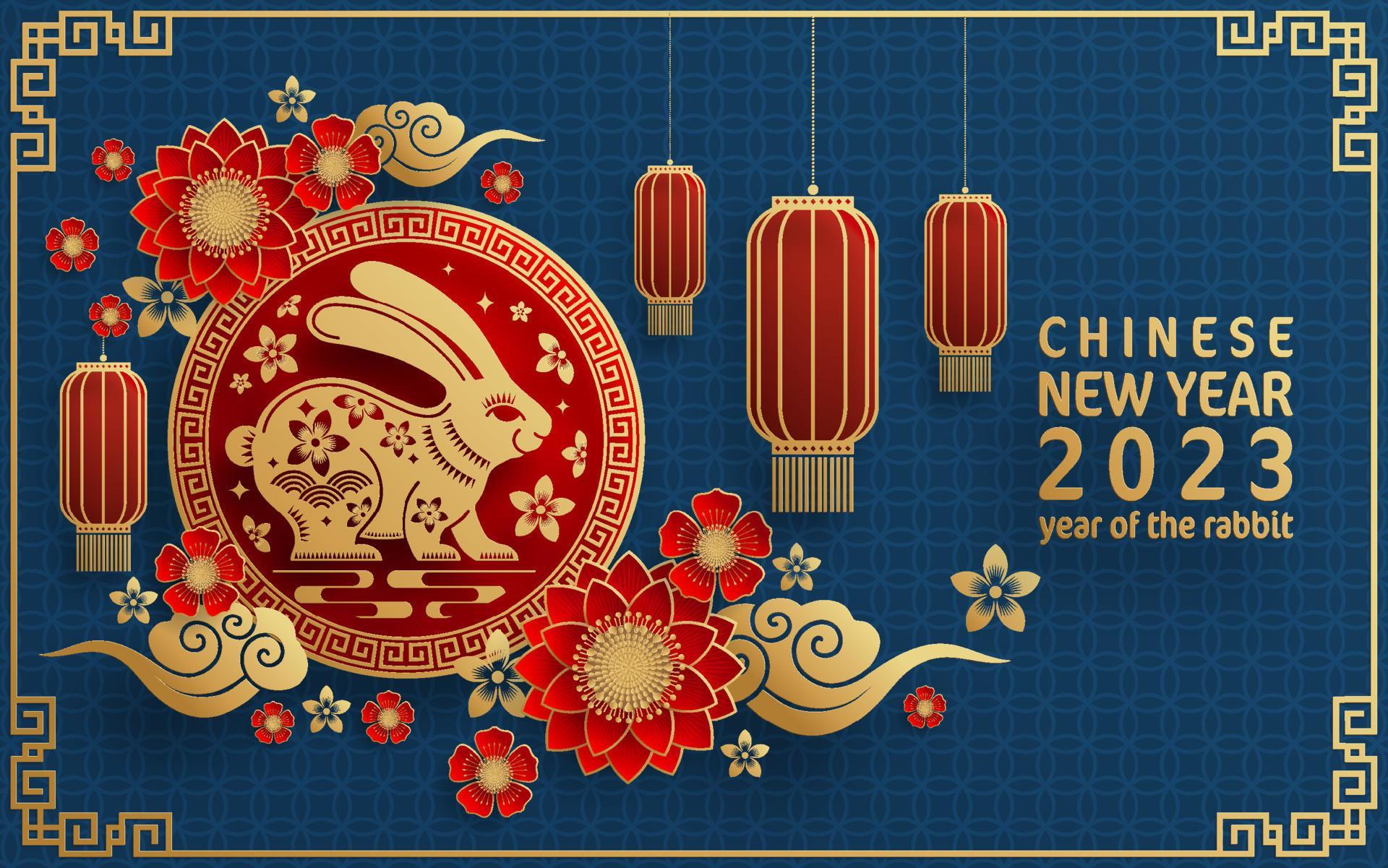The Spring Festival: How Do People in China Celebrate the New Year
понедельник 23 января 2023, 14:22
 |
____ |
How and when do people in China celebrate the New Year, and what are the differences between these observances and the ones we are used to? The details are uncovered at the new exhibition in Ural Federal University Library, “Chūnjié. The Chinese New Year”. The library staff have created a magical atmosphere of the Celestial Empire’s main festival in keeping with its most important traditions: fascinating dragons, red lanterns and paper-cut patterns called jiǎnzhǐ. The original name for the Chinese New Year is “Chūnjié” which literally means “the Spring Festival”. It is the brightest, longest and most widespread festival not only in China, but also in other countries of East Asia. Millions of people all over the world pin their dreams and hopes on it. The history of celebrating the Chinese New Year dates back many centuries. While it is the year 2023 as per the calendar that is customary for us, in the Chinese calendar it is the year 4721 which started on January 22. According to an ancient legend, on the eve of every New Year a mythical beast called the Nian (in translation from Chinese meaning “a year”) would go up from the seabed. It would appear before the people of China in order to ravage settlements, devour kettle and yielded crops, and treat itself to some villagers to boot. To protect themselves and their houses people would decorate them beforehand: red lanterns were hung and the walls were covered with patterns cut from red paper and pictures giving wishes of happiness, wealth, and longevity. Up to the present day people hang or stick red scrolls with wishes of all the good things on both sides of entrance doors. Why do people in China favor the red colour so much? The answer to that question can be found in the book “China: The Land of the Heavenly Dragon”. Chinese mythological tales are gripping; they attract attention for their being mysterious and unique. There are various editions devoted to the traditional mythology of the Celestial Empire, among which it is impossible not to mention “Myths in Ancient China” (= “Zhongguo Gudai Shenhua”) by Yuan Ke and “The holy figures of the Middle Country” (= “Liki sredinnogo tsarstva”) by Alexey Bokshchanin. Those who are into the Chinese culture will find it fascinating to study the reports and sketches of Vsevolod Ovchinnikov; a collection of his works can be found in our VK group. We invite you to join in celebrating this festival with us and delve into the mysterious world of the Chinese culture! The exhibition is displayed at the circulation desk of Liberal Arts & Humanities (4 Turgeneva St, Room 252) and will be on show till February 28. Text by: O.A. Mikhalitsyna
Translation by: V.P. Beklemysheva |



